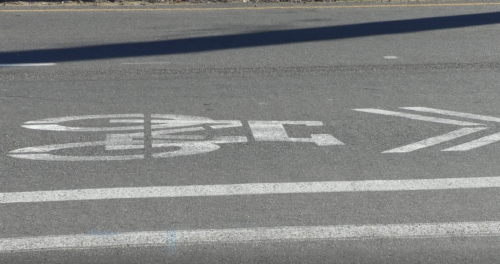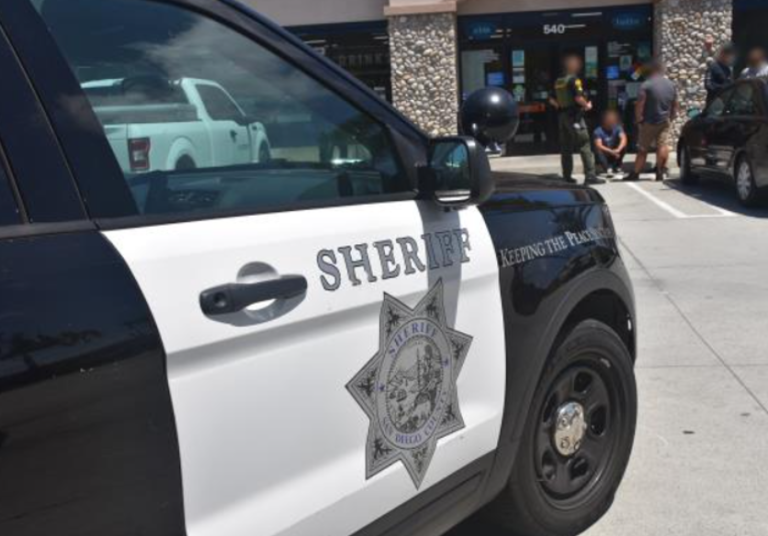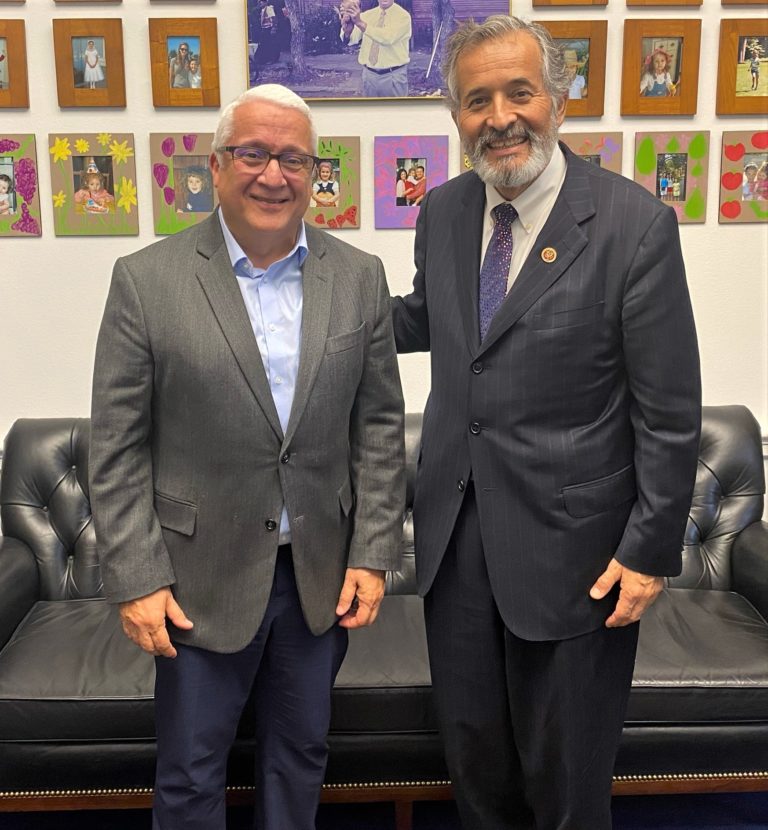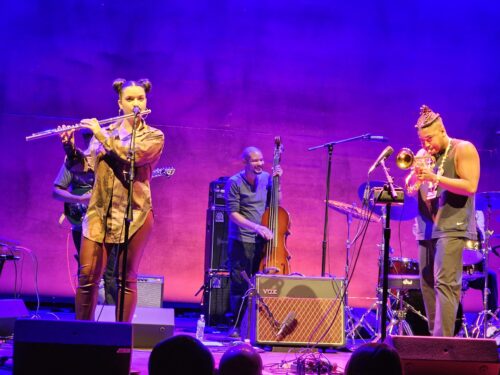Remembering Wayne Shorter, jazz saxophonist and visionary composer
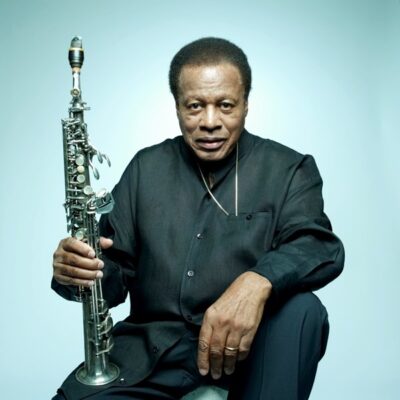
By Danny R. Johnson – Jazz Music Critic
Like all great jazz musicians, the saxophonist Wayne Shorter, who died on March 2, 2023, at eighty-nine, had a distinctive, original, and instantly recognizable sound.
He tended to play within the higher pitches of his tenor saxophone, as did John Coltrane (with whom he practiced and gigged, though they never recorded together), but Shorter’s tone had an elusive, self-questioning quality, which, combined with his subtle and shifting sense of timing, made his playing sound as if his music were already someplace other than where the notes were.
There’s a spiritual dimension to Shorter’s musical evanescence, a sense of transcendent striving that marks even his most energetic solos. That sonic elusiveness also suggests the paradox of his place in jazz history: at the very center, but as if at the margins of that center, because, though Shorter created a long list of classic recordings as a leader of his groups, he was a sideman in two of the greatest of all jazz ensembles—Art Blakey’s Jazz Messengers and Miles Davis‘ second quintet—and was perhaps the most consequential of all sidemen.
Shorter was born in Newark in 1933. His career took off in 1959 when he was recruited for the drummer Art Blakey’s group; his complex yet catchy compositions were as crucial to the band’s identity as were his boldly questing solos. (His solo on the band’s live 1963 performance of his design “Children of the Night” displays a tough-minded yet contemplative fervor.) He remained with Blakey until mid-1964 when he became the crucial final piece of Miles Davis’s blazing second quintet. Shorter completely transformed the quintet’s identity by joining Davis, the pianist Herbie Hancock, the bassist Ron Carter, and the drummer Tony Williams. First, he brought along his compositional artistry and was responsible for many of the pieces the band would enshrine during the next four years; second, Shorter, whose tendencies ran toward the avant-garde, led the group on wildly adventuresome charges into wide-open musical spaces. Whereas Davis, a peerless innovator, often expressed disdain for much of the mid-sixties’ jazz experimentation, he followed his band into the farthest realms they charted.
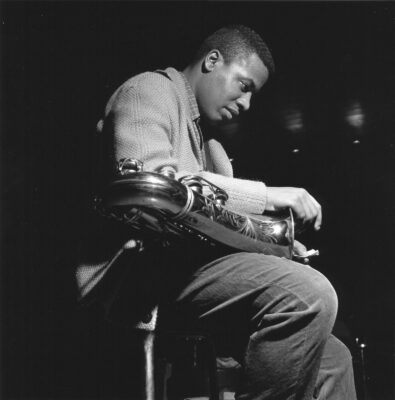
Most groups take far more risks in concert than in the studio, but the gap between what this quintet did in public and private is cosmic. Their many inspired studio albums—such as “Miles Smiles” and “Nefertiti”—are tightly disciplined and organized, yielding elaborately finished products that show off the group identity at large, emphasizing compositions as much as solos, arrangements along with improvisations and maintaining a generally unified tone. The concerts (fortunately, many were recorded, albeit often unofficially) run recklessly toward the void, with Shorter in the fore. Shorter became more torrential when playing live—in the studio, he seemed to self-edit with a self-doubting philosophical severity. In contrast, he put everything in concert and followed the ideas wherever they led. Where they led, as evidenced in Davis’s evolving manner, was toward the gesture—musical phrases that had a dance-like, pictorial, or sculptural identity, set amid a shifting sonic landscape or backdrop that they melted into or stood out from. (The mighty boxed set of the quintet performing live at the Plugged Nickel from 1965 catches Shorter at his most awe-inspiring extremes.) Unlike such spiritual seekers of the avant-garde as Coltrane and Albert Ayler, Shorter, even during his most vehement solos, wasn’t heaven-storming but heaven-gazing and heaven-longing, looking rapturously upward—again, in effect, in two places at once.
Meanwhile, Shorter was generating great albums in the studio for the Blue Note label that were near in form to the broad run of the era’s post-bop releases, with Shorter displaying the very heights of connoisseurship and sophistication that could be reached with the prevailing styles and techniques of modern jazz. (Every one of them is a classic; I’m especially fond of “The Soothsayer,” recorded in 1965, which feels both elaborately composed and loose-limbed swinging.) Shorter worked with a sort of family of like-minded musicians (including the trumpeters’ Lee Morgan and Freddie Hubbard, the drummers Williams, Elvin Jones, and Joe Chambers, the pianists Hancock, and McCoy Tyner, the saxophonist James Spaulding) who shared ideas but didn’t stay together—he didn’t have a steady laboratory-like band of his own. Instead, he infused his group concept into Davis’s history.
Shorter and Davis, in the quintet, were making jazz that leaped beyond the confines of the form to take its rightful place as modern art, but the timing was odd. The dominant music shifted from jazz (and the Great American Songbook) to rock; jazz clubs were closing, albums weren’t selling, some record labels (including Columbia, where Davis recorded) were dumping jazz musicians, and other brands were going out of business or being bought out. Davis turned his band electric (although he didn’t sell out to pop modes but, rather, radicalized them into something closer to densely orchestral electronic noise music) and changed its membership; in 1970, Shorter took part in the founding of a new band, Weather Report, which also integrated new pop and rock traditions into jazz performance. He found great commercial success there, and—though his solos with the group were restrained compared with his work with Davis or his recordings—what he was moving toward with that musical collective was a group idea of his own.
It took a while for the ideal to merge, even as Shorter continued to perform copiously. (He recorded with a wide range of musicians, including Steely Dan, Joni Mitchell, and Bruce Hornsby, and reunited with Hancock and even Davis soon before the trumpeter’s death.) When it did, with a quartet that he founded in 2001, with the pianist Danilo Pérez, the bassist John Patitucci, and the drummer Brian Blade, Shorter made yet another crucial mark on the history of the music. The group was, in effect, a hangout quartet, with the familiar melody structure and a string of solos giving way to a swirling, shifting, conversational flux. The musical result is hypnotic, iridescent, and oceanic, but its human element is even more powerful. The group’s performances suggest a basis for music even stronger than tunes and chords; it embodies the musical ideal of the presence of togetherness. Just as Shorter’s ingenious solos display a profound warmth at a respectful distance, his career overall, in the groups he inspired and formed, evokes the deep humanity of his spiritual inspirations.



